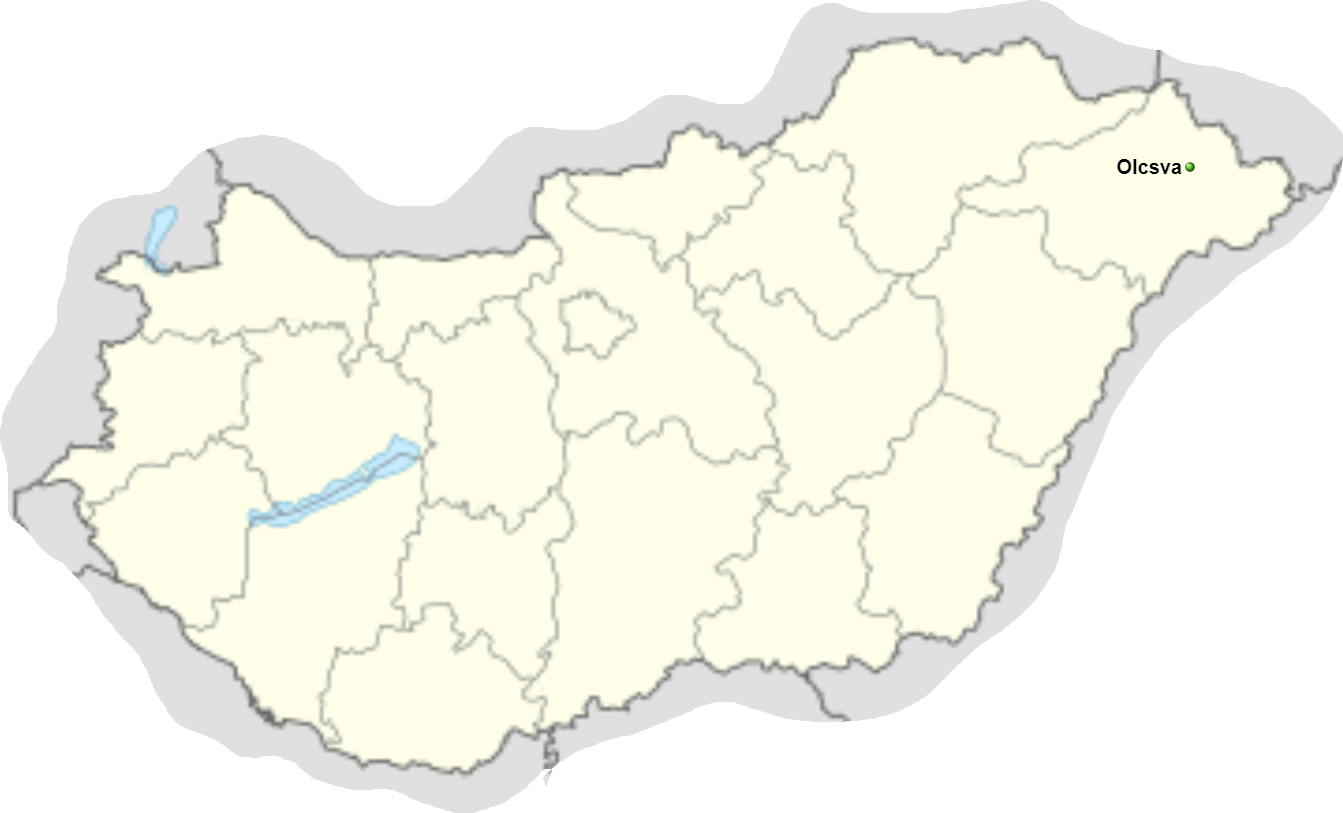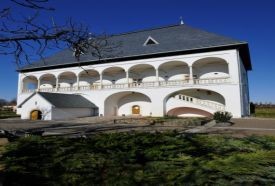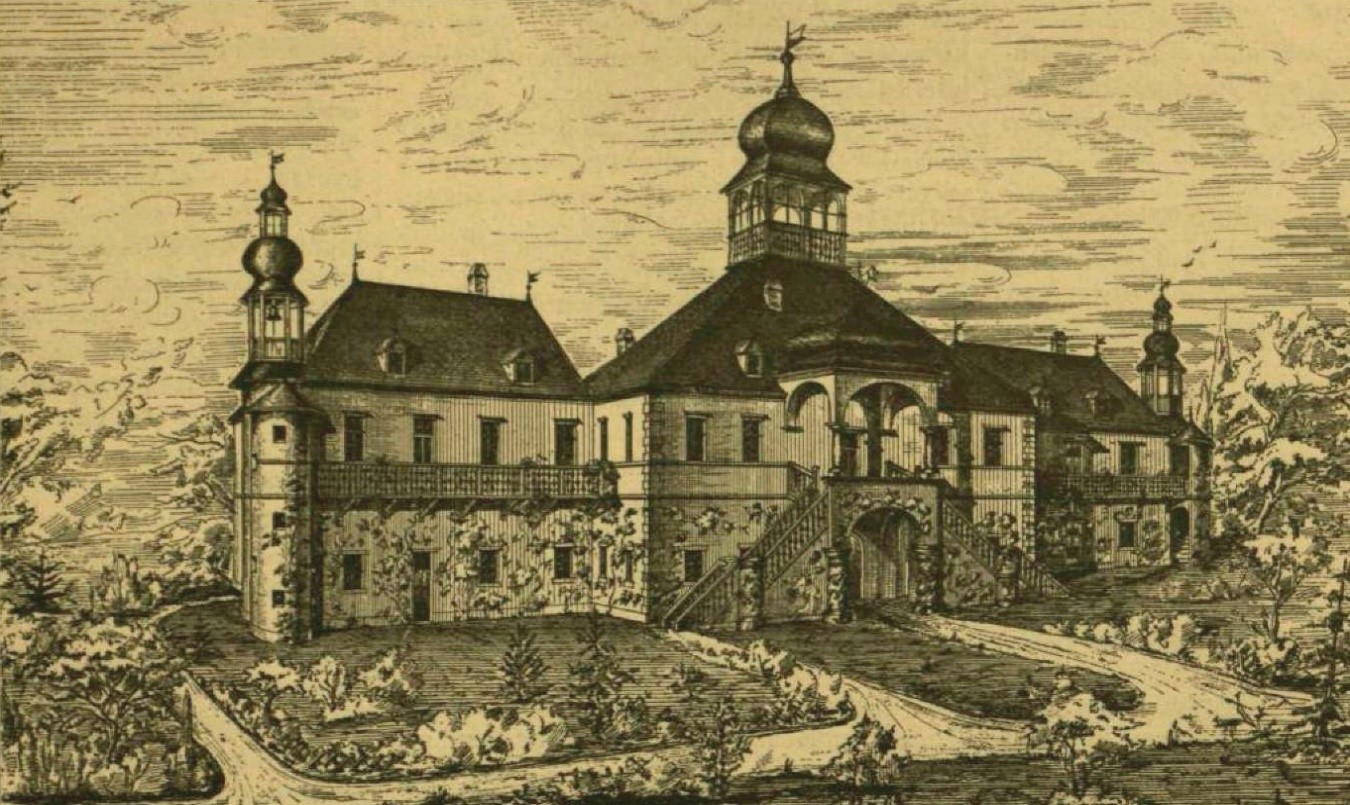Olcsva village is located in Szabolcs-Szatmár-Bereg county. His name is of Slavic origin.
In the 14th century, it was shared by different family branches: the Bagossy, Csomaközy, Károlyi, Vetéssy families. The Károlyi family built a ship mill on river Somes in 1408. According to a description from 1755, the village is divided into two by the flow of the river Kraszna, “through that bridge, which is also the property of the castle, one branch enters the castle, the other, where the property goes, maybe get over it.” Olcsva had a fortified castle. It was occupied by King Ferdinand’s troops in 1561. It was later owned by the Károlyi family for centuries. The castle was burned in the spring of 1703 by the Tatars or Kurucs at the instigation of Ádám Vay. Count Sándor Károlyi rebuilt the castle in 1708-1709, when he moved his permanent residence from Carei to Olcsva.
After the Slavic peoples who lived here before the conquest, only the name of the settlement remained, which was formed from the Slavic word Olbsa meaning alder. It was written as Olthua in 1401 and Olchwa in 1419.
In 1325, Péter Zunga and his relatives, the Bagossy and Kaplon families, shared it. For their bravery, Antal Székely, Gáspár and Boldizsár were awarded properties in the settlement, which was the main owner of the Károlyi family from the 17th century to the mid-19th century.
They also had a multi-storied castle here, according to some informants, it was burned down by the tartars in the spring of 1703, or by the kurucs at the instigation of Ádám Vay, while others say it was destroyed by Count Antal Károlyi. Five years later, when he moved from Carei to Olcsva, Count Sándor Károlyi rebuilt it, he even drew the plan.
In 1851 and 1888, floods caused a lot of damage to the village, which, according to the monograph of Satu Mare county, had no large owners at the beginning of the 20th century.
It was recorded as a small village near Kraszna in the northwest corner of the county with 146 houses, 890 inhabitants and 1,719 hectares of land, a public library and an independence circle.




